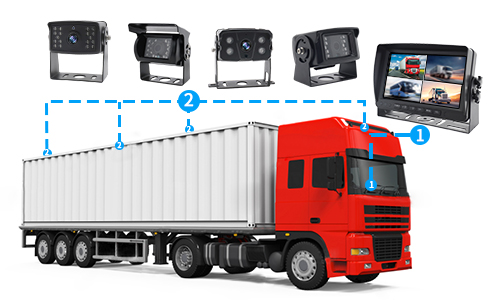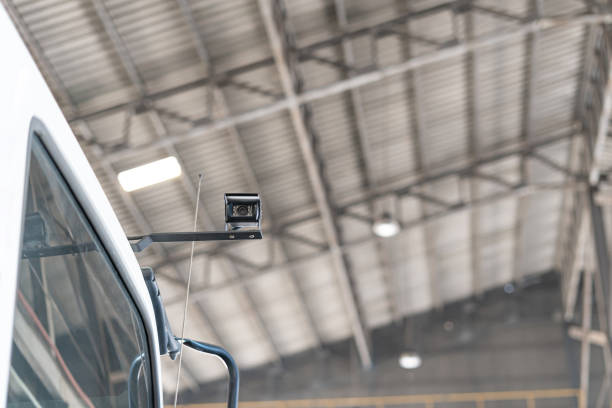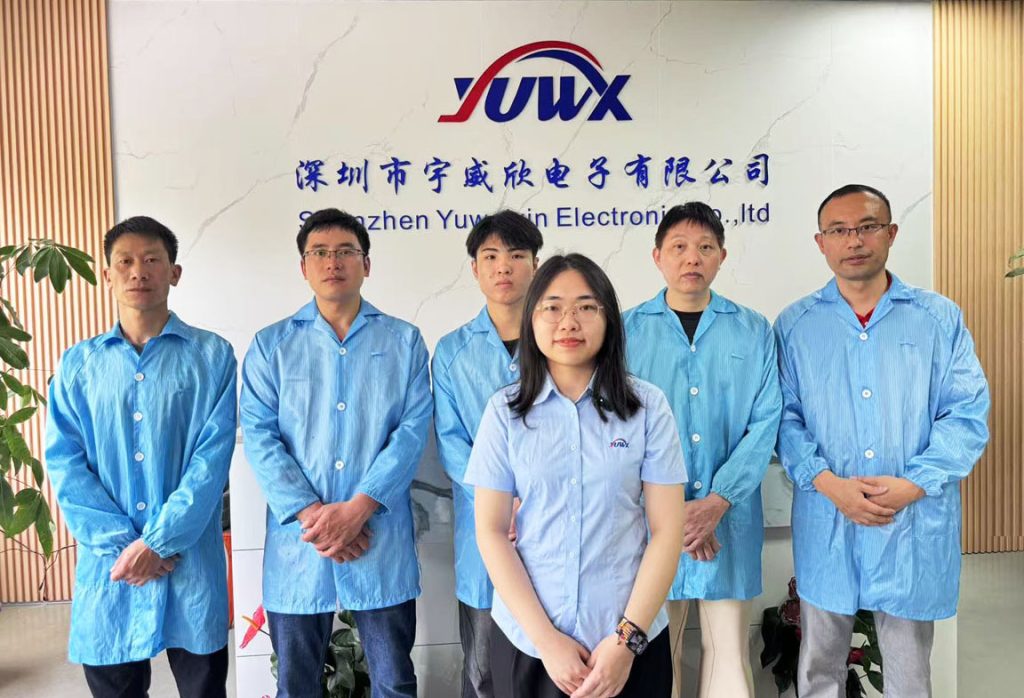Beyond Safety—The Business Case for Blind Spot Cameras
In the modern automotive industry, safety technology is no longer just about compliance—it’s a strategic investment. Among these technologies, blind spot cameras and vehicle blind spot monitoring solutions have emerged as a critical layer of protection for both drivers and businesses.
Yet, the benefits of these systems extend far beyond accident reduction. They contribute to long-term financial gains, operational efficiency, and even brand reputation. Companies that adopt advanced monitoring kits are discovering a hidden return on investment (ROI) that transforms the economics of fleet management and driver safety.
As vehicles evolve toward automation, AI-driven BSD systems and multi-camera layouts are becoming essential infrastructure. They merge human intuition with machine precision—eliminating blind spots, preventing costly collisions, and capturing high-resolution data that supports smarter business decisions.
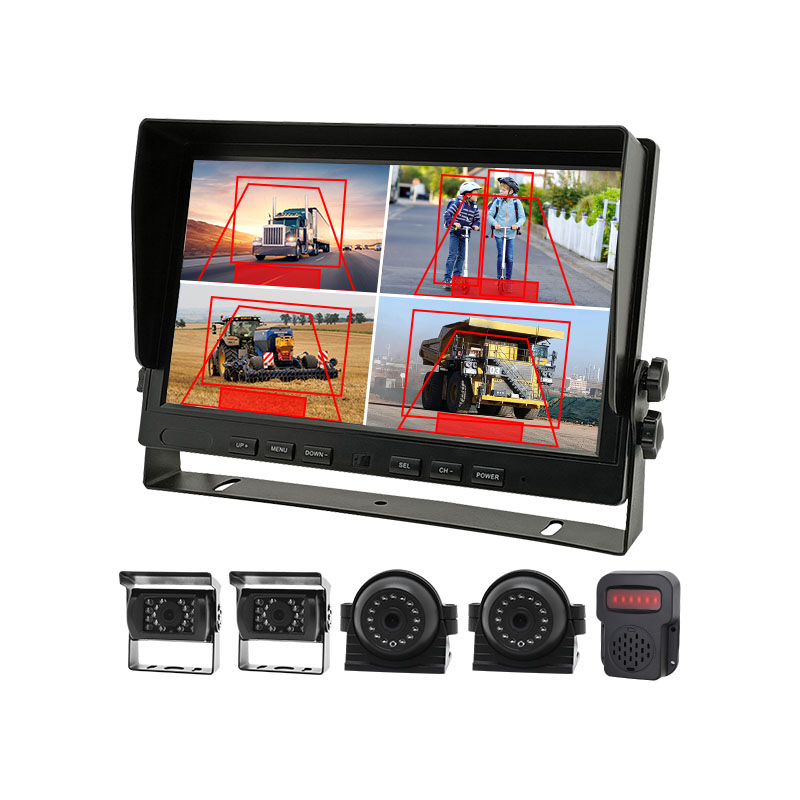 1. Understanding Vehicle Blind Spot Monitoring Solutions
1. Understanding Vehicle Blind Spot Monitoring Solutions
Before diving into ROI, it’s essential to understand what modern vehicle blind spot monitoring solutions are and how they differ from traditional systems.
Blind spot cameras are part of an integrated surround-view safety network, typically consisting of multiple wide-angle cameras strategically positioned around the vehicle. These devices continuously capture and process live images, identifying hidden zones the driver cannot easily see.
Advanced versions—such as AI BSD monitors offered by brands like YUWX—use intelligent image analysis and radar fusion to detect approaching vehicles, pedestrians, or obstacles. The system then provides visual or auditory alerts to prevent accidents during lane changes, reversing, or parking.
While conventional systems react to threats, AI-assisted BSD kits predict them. They rely on machine learning to assess risk in real time, adapting to dynamic environments—rain, fog, or poor lighting conditions. This predictive intelligence is the foundation of their long-term business value.
2. The Economic Impact of Accidents: Why Prevention Pays
Every business that operates vehicles—whether logistics, construction, or public transport—understands the true cost of accidents. Beyond repairs, accidents result in downtime, insurance claims, legal disputes, and reputation damage.
According to fleet safety data, even a minor collision can result in thousands of dollars in indirect losses. When multiplied across a fleet, the numbers grow exponentially.
By preventing just a small percentage of incidents, blind spot cameras pay for themselves quickly. The ROI isn’t theoretical—it’s measurable.
Consider a fleet of 50 vehicles:
-
Average minor accident repair cost: $2,500
-
Average annual incident rate without BSD: 12%
-
Post-installation rate: 4%
That’s a 67% reduction in incident frequency, translating into tens of thousands in annual savings. Over time, the cost of deploying vehicle blind spot monitoring solutions becomes negligible compared to the operational savings and insurance benefits.
3. Reducing Insurance Premiums and Liability Exposure
Insurance providers are increasingly recognizing the role of vehicle monitoring systems in mitigating risk. Fleets equipped with AI blind spot cameras often qualify for premium discounts, as they demonstrate proactive safety management.
Moreover, recorded footage from multi-camera setups provides undeniable visual evidence in the event of a dispute. This helps exonerate drivers from false claims and reduces litigation costs.
In an age where liability can exceed the physical cost of damage, having visual proof is invaluable. For insurance companies, such data represents reduced uncertainty; for businesses, it’s a form of operational armor.
By implementing vehicle blind spot monitoring solutions, companies turn risk reduction into a financial advantage—one that improves long-term stability and trustworthiness in client relationships.
4. Productivity and Operational Efficiency Gains
Beyond safety, blind spot cameras enhance productivity by allowing drivers to operate with greater confidence and reduced fatigue.
When visibility improves, drivers spend less time maneuvering cautiously and more time completing deliveries efficiently. Tasks such as docking, reversing, or tight-space navigation become seamless.
Furthermore, modern BSD monitors feature split-screen displays, image flipping, and multi-channel recording. These capabilities streamline decision-making, especially in heavy-duty or complex vehicle operations.
For fleet managers, this translates to:
-
Shorter turnaround times at loading docks
-
Lower fuel consumption due to fewer idling periods
-
Reduced wear and tear on vehicles
-
Faster onboarding for new drivers through enhanced visual support
The cumulative effect is a measurable boost in fleet utilization and operational throughput.
5. Enhancing Driver Retention and Workplace Safety Culture
High driver turnover remains a costly challenge in the logistics and transportation industries. A critical factor influencing retention is the driver’s perception of safety.
Companies that invest in AI blind spot monitoring systems send a clear message: safety is not optional—it’s a priority. Drivers equipped with reliable visibility tools feel more secure, valued, and less stressed.
Over time, this fosters a safety-first culture, where technology and training reinforce each other. With fewer incidents and safer driving environments, employee satisfaction and brand reputation naturally improve.
Thus, the psychological ROI of vehicle blind spot monitoring solutions—measured in trust and loyalty—becomes just as significant as the financial one.
6. The Role of AI and Sensor Fusion in Future-Proofing Fleets
As automotive technology advances, AI-based BSD systems are moving from reactive to predictive safety.
Using sensor fusion, these systems combine camera data with ultrasonic, radar, or LiDAR signals to generate a unified 360° risk map. This multi-modal intelligence allows vehicles to interpret complex environments, anticipate movement, and issue proactive alerts.
In industries such as logistics, mining, and construction, such predictive monitoring ensures safety in high-risk operational zones.
Furthermore, the data generated by BSD systems provides valuable analytics for fleet optimization. Managers can study near-miss events, driver behavior, and environment-specific risks—turning raw footage into actionable safety insights.
The integration of cloud-connected BSD systems also aligns with the growing adoption of IoT fleet management, enabling remote diagnostics and AI-based maintenance prediction.
This technological synergy ensures that companies investing in vehicle blind spot monitoring solutions today are future-ready for autonomous and semi-autonomous operations tomorrow.
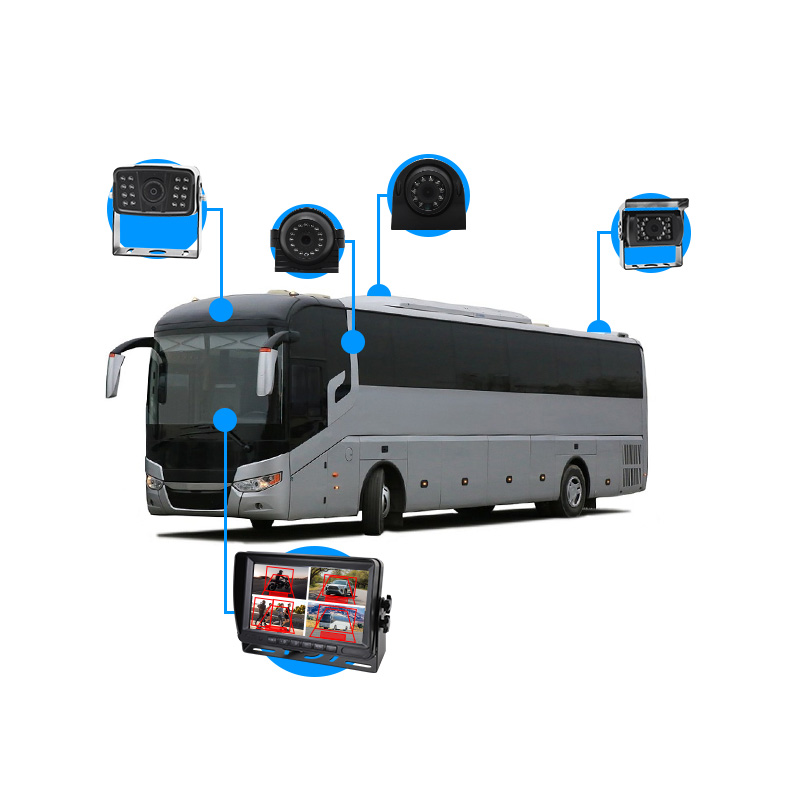
7. Comparing Costs: Conventional Mirrors vs. AI BSD Systems
Traditional convex mirrors have long been the default method of reducing blind spots. However, they offer only limited coverage and rely entirely on driver perception.
In contrast, AI BSD cameras combine wide-angle imaging, intelligent motion tracking, and real-time alerts. The difference is not just visibility—it’s precision and predictive capability.
When comparing costs, AI systems may seem higher initially, but their ROI timeline is far shorter due to:
-
Fewer collision repairs
-
Reduced insurance claims
-
Extended vehicle lifespan
-
Enhanced operational uptime
A well-implemented BSD system essentially converts reactive risk management into predictive safety infrastructure—one that continues to deliver value throughout the vehicle’s lifecycle.
8. Application Scenarios: From Light Vehicles to Heavy-Duty Fleets
While blind spot monitoring is often associated with passenger vehicles, its most significant ROI appears in commercial and industrial sectors.
For instance:
-
Delivery fleets benefit from faster urban navigation and fewer side collisions.
-
Heavy-duty trucks gain crucial visibility in large blind zones.
-
Construction and mining vehicles reduce human injury risk on busy sites.
-
Public transport fleets enhance passenger safety and liability protection.
In each case, multi-camera blind spot systems function not just as passive safety tools, but as intelligent visual assistants—extending the driver’s awareness and supporting more confident decisions.
YUWX’s AI BSD monitors integrate split-view functionality, infrared vision, and real-time alerts, making them adaptable to diverse operational environments.
9. Environmental Adaptability and System Durability
Vehicle blind spot monitoring solutions must operate reliably under challenging environmental conditions—from heavy rain to low-light and high-dust environments.
High-end BSD blind spot cameras are designed with IP-rated housings, wide voltage compatibility, and anti-vibration structures, ensuring performance consistency in both urban and industrial settings.
These design considerations are not cosmetic—they directly influence system reliability and maintenance frequency, both of which impact the long-term ROI.
In addition, advanced camera sensors maintain color accuracy and low latency under varying light conditions, ensuring real-time feedback even at night or in tunnels.
10. Sustainability and Energy Efficiency in Modern BSD Systems
Sustainability has become a defining factor in modern fleet operations. Blind spot monitoring solutions align perfectly with this goal by reducing waste, preventing asset loss, and enhancing fuel efficiency.
Smarter route planning, supported by data from camera analytics, minimizes unnecessary travel and idling. Meanwhile, energy-efficient camera modules and monitors reduce electrical load on the vehicle’s system.
By lowering operational costs and environmental impact, AI-powered BSD kits contribute to both ESG compliance and corporate sustainability objectives—a growing priority among global fleet operators.
11. Integrating BSD Data with Fleet Management Systems
The true potential of blind spot monitoring emerges when integrated into a broader digital ecosystem.
By connecting BSD video feeds to fleet management platforms, companies gain real-time visibility into driver behavior, route efficiency, and safety incidents.
Cloud-based data storage allows managers to review and analyze footage remotely, enabling faster decision-making and improved accountability.
Integration also supports automated incident reporting, where BSD-triggered alerts can be logged with time, location, and image metadata—streamlining insurance and compliance workflows.
This convergence between visual data and digital analytics marks the next frontier in vehicle monitoring intelligence.
12. The Strategic ROI: Brand, Compliance, and Future Readiness
Finally, the hidden ROI of blind spot cameras extends beyond direct financial metrics.
For logistics companies, adopting advanced monitoring solutions reinforces their brand commitment to safety and innovation. For manufacturers and public fleets, it helps meet regulatory compliance and ESG expectations.
Moreover, as the automotive world transitions toward autonomous driving, early adoption of AI BSD systems ensures operational continuity.
When viewed holistically, the investment in vehicle blind spot monitoring is not an expense—it’s a strategic infrastructure upgrade that future-proofs mobility operations.
Conclusion: The True Value Lies in Foresight
The shift toward AI-enabled vehicle blind spot monitoring solutions reflects a broader transformation in how we define vehicle safety. It’s no longer just about preventing accidents; it’s about enhancing efficiency, accountability, and operational intelligence.
Every avoided collision, every optimized route, and every protected reputation adds up to a compounding return on investment.
As fleets and manufacturers seek to balance safety with profitability, blind spot cameras emerge as one of the few technologies that achieve both. They safeguard not only the vehicle and driver, but the business itself.
The hidden ROI is clear: investing in vehicle blind spot monitoring today means investing in a safer, smarter, and more sustainable tomorrow.



